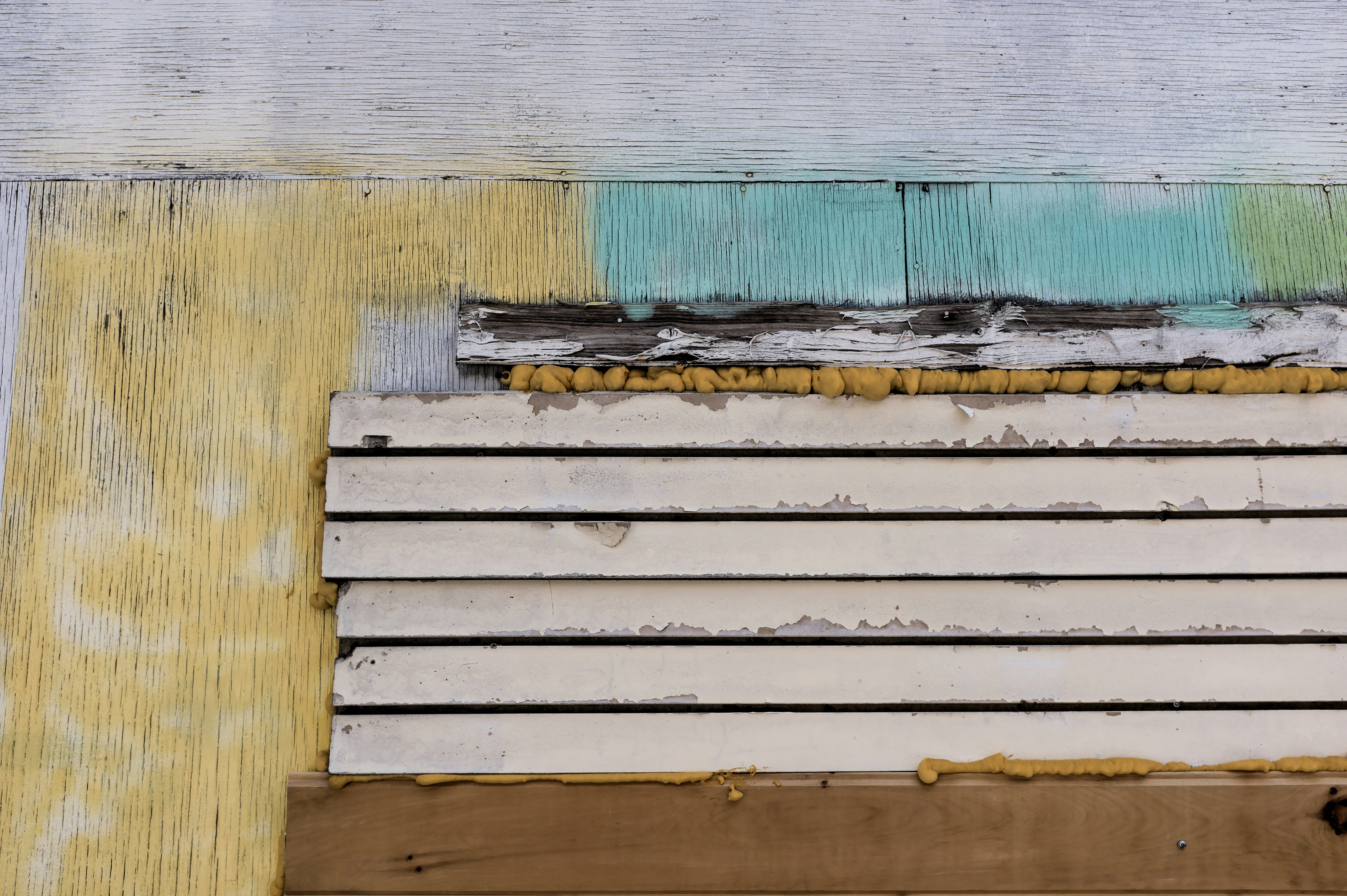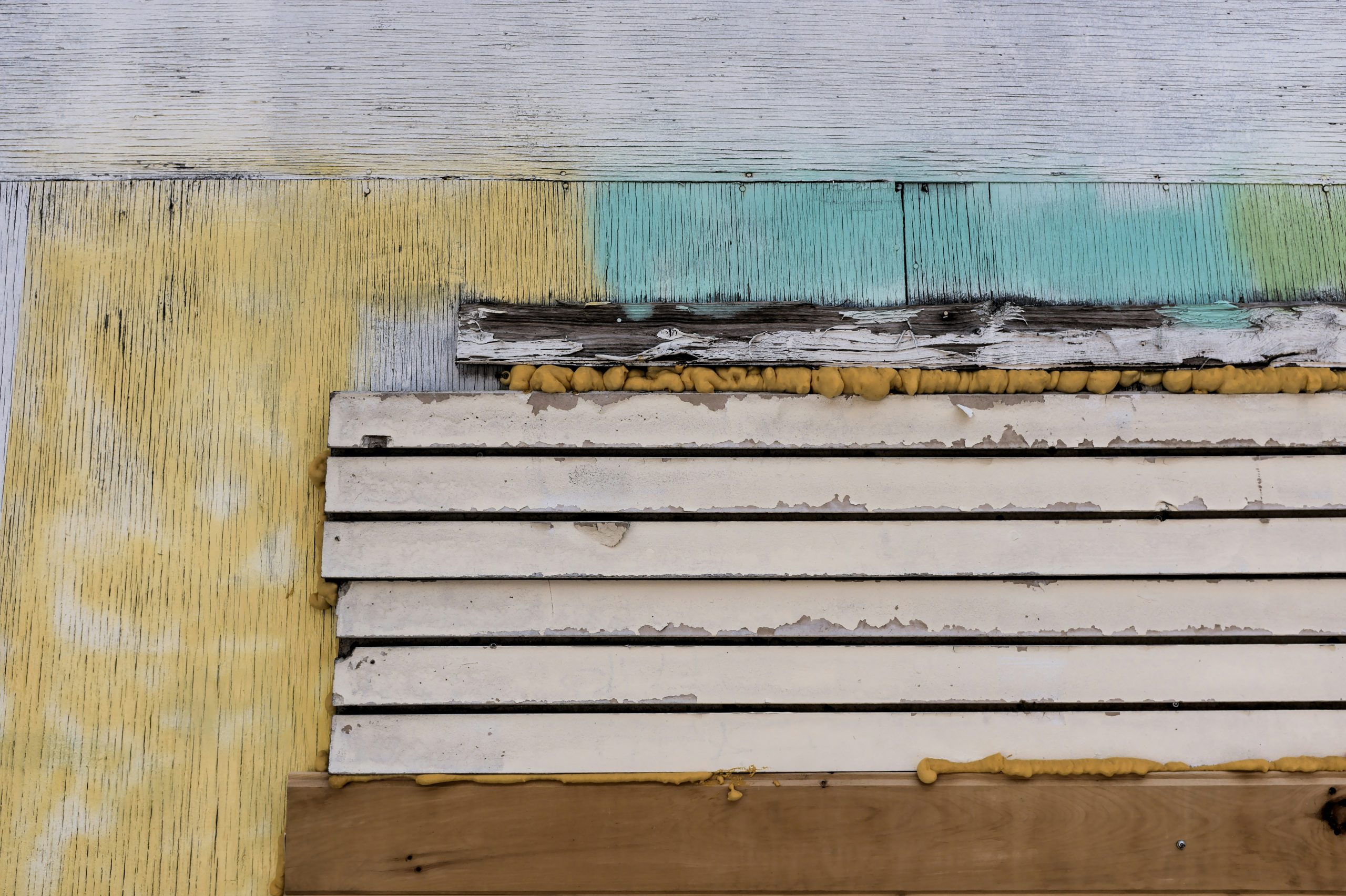When it comes to home improvement projects, the right materials can make all the difference. One unsung hero in this realm is silicone caulk. Whether you’re sealing gaps around windows, fixing leaks in your bathroom, or even crafting a DIY project, silicone caulk is an essential tool that should not be overlooked. But with so many options available on the market today, how do you choose the best one for your specific needs? Fear not! We’ll guide you through everything you need to know about silicone caulk—from its benefits and types to application tips and common pitfalls. Get ready to dive into the world of silicone caulk and find out which product will help elevate your next project!
Understanding What Silicone Caulk Is
Silicone caulk is a versatile sealing material made from silicone polymer. Unlike silicone caulk adhesive traditional caulks, it remains flexible and durable over time. This flexibility allows it to expand and contract with temperature changes without cracking or breaking.
You’ll often find silicone caulk in kitchens and bathrooms due to its moisture-resistant properties. It creates a waterproof barrier that prevents leaks, mold, and mildew growth.
What sets silicone caulk apart is its strong adhesion to various surfaces like glass, metal, wood, and ceramics. It offers excellent durability against UV rays and extreme temperatures too.
Available in different formulations—some designed for specific uses—it can cater to both indoor and outdoor projects effectively. Understanding these characteristics helps you appreciate why silicone caulk is a go-to choice for many DIY enthusiasts and professionals alike.
Benefits of Using Silicone Caulk

Silicone caulk offers remarkable flexibility, making it ideal for various surfaces. It can stretch and compress without cracking, which is crucial in areas that experience movement.
Another significant advantage is its water resistance. Silicone forms a strong seal that prevents moisture from seeping through gaps, protecting your home from mold and damage.
Durability sets silicone apart as well. Unlike other caulks, it withstands extreme temperatures and UV exposure without degrading over time. This ensures long-lasting performance both indoors and outdoors.
Additionally, the application process is user-friendly. Silicone caulk adheres well to multiple materials like glass, metal, and plastic. This versatility makes it suitable for numerous projects around the house.
Moreover, silicone caulk comes in various colors to match your decor seamlessly or provide a contrasting finish if desired. It’s not just practical; it’s also aesthetically pleasing when applied correctly.
Types of Silicone Caulk Available
Silicone caulk comes in various types, each tailored for specific applications.
First, there’s standard silicone caulk, ideal for general sealing tasks around windows and doors. It offers flexibility and durability but may not be suitable for all surfaces.
Next up is 100% silicone caulk. This type boasts superior adhesion and waterproof properties, making it perfect for kitchens and bathrooms where moisture is a concern.
For those dealing with high temperatures, heat-resistant silicone caulk stands out. Typically used in fireplaces or ovens, it withstands intense heat without breaking down.
Specialty formulations exist as well. These include mildew-resistant options designed explicitly for wet environments or colored varieties that can match your decor seamlessly.
Choosing the right type depends on your project needs to ensure long-lasting results.
Factors to Consider When Choosing Silicone Caulk
When selecting the right silicone caulk, consider its specific application. Not all projects require the same type of caulk, so assess whether you need it for indoor or outdoor use.
Next, check for compatibility with surfaces. Some formulations bond better to certain materials like glass or metal than others. It’s essential to match your caulk choice with your project’s needs.
Also, pay attention to cure time and flexibility. Some silicone caulks dry quickly but may lack elasticity over time, while others allow more movement without cracking.
Don’t overlook color options either! Silicone caulks come in various colors that can blend seamlessly with your project’s aesthetic.
Evaluate any special features such as mildew resistance or UV stability if you’re working on exposed areas outdoors. Each of these factors plays a crucial role in achieving lasting results.
Step-by-Step Guide to Applying Silicone Caulk
Preparing the surface is crucial. Clean the area where you’ll apply silicone caulk, removing dirt, dust, and old caulk. A smooth surface ensures better adhesion.
Next, choose your caulk gun if needed. Load the silicone tube into it and cut the tip at a 45-degree angle for precision. Puncture the inner seal with a long nail or similar object.
Apply steady pressure on the trigger while moving along the joint or gap. Keep a consistent pace to create an even bead of caulk. Don’t rush; go slow for accuracy.
After application, smooth out the bead using your finger or a smoothing tool dipped in soapy water. fashion This helps ensure it adheres properly and looks neat.
Allow adequate drying time as per manufacturer instructions before exposing it to moisture or stress. Each product may have different curing times that are important to follow closely.
Common Mistakes to Avoid When Using Silicone Caulk
One common mistake people make is applying silicone caulk to dirty or damp surfaces. This can prevent proper adhesion and lead to future leaks. Always clean the area thoroughly before starting your project.
Another error involves using too much caulk. It’s tempting to overfill gaps, but excess material can create a mess and might not cure properly. A smooth bead of caulk around the edges is often all you need.
Not using a caulking gun correctly can also be an issue. Ensure you’re holding it at the right angle and applying consistent pressure for even application.
Many overlook curing time, thinking it’s ready immediately after application. Patience is key; allow adequate time for it to set before exposing it to moisture or stress.
Don’t forget about color selection! Choosing the wrong shade may clash with your decor or surface finishes, so take a moment to consider how it fits within your overall design scheme.
Conclusion: Finding the Perfect Silicone Caulk for Your Project

Choosing the right silicone caulk can make a significant difference in the success of your project. With various types available, understanding their benefits and specifications is key to making an informed decision. Factors such as application area, flexibility, weather resistance, and curing time should guide you toward the best option for your needs.
Applying silicone caulk requires precision and a steady hand. Following proper techniques will help ensure a clean finish that offers durability and protection against moisture or air leaks. Avoiding common pitfalls like over-applying or neglecting surface preparation will save you time and frustration down the line.
Whether you’re sealing gaps around windows, tubs, sinks, or any other applications requiring waterproofing or insulation properties, selecting high-quality silicone caulk tailored to your project’s requirements is essential. Taking these considerations into account not only enhances performance but also contributes to longevity.
With careful selection based on material characteristics and specific applications in mind, you’re more likely to find the perfect silicone caulk that meets all your expectations while ensuring lasting results for years to come.

